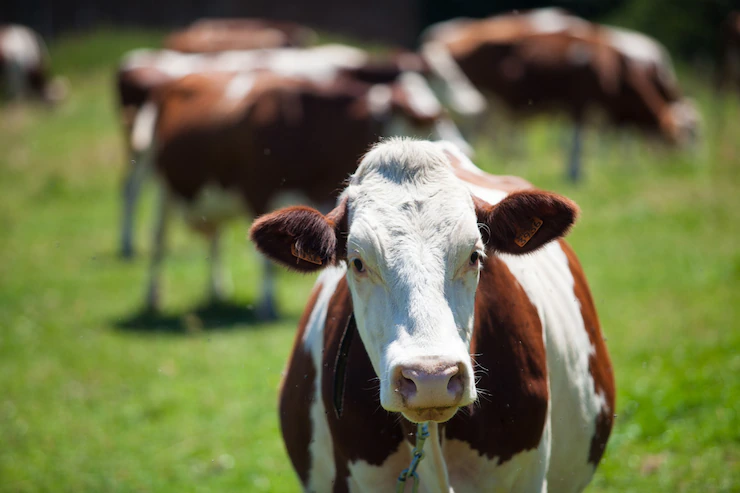Blackleg, also known as blackquarter, is a highly infectious and often fatal disease that affects cattle and other livestock. It is caused by the bacterium Clostridium chauvoei, which produces toxins that cause severe muscle damage and toxemia. Here are the symptoms of blackleg that you should look out for in cattle:
- Lameness: One of the earliest signs of blackleg is lameness or difficulty in walking. The affected animal may favor one limb or exhibit stiffness and reluctance to move.
- Swelling and pain: Blackleg typically causes localized swelling and pain in the muscles. The affected area may feel hot to the touch and may be tender or painful when palpated.
- Rapid onset: The disease often progresses rapidly, with symptoms worsening within a few hours to a few days. The condition may escalate quickly and become life-threatening.
- Fever: Infected animals may develop a high fever as a response to the infection. Elevated body temperature is a common symptom of blackleg.
- Depression and anorexia: Cattle with blackleg often appear depressed, lethargic, and uninterested in food. They may exhibit reduced appetite or complete anorexia.
- Rapid breathing and increased heart rate: As the disease progresses, affected animals may show signs of rapid breathing and an increased heart rate. These symptoms can be indicative of pain and stress.
- Crepitus: In some cases, gas production by the bacteria can cause the affected muscle tissue to become gas-filled. This results in a characteristic crackling or popping sensation called crepitus when the affected area is palpated.
It is important to note that blackleg can progress rapidly, and affected animals can deteriorate quickly. If you suspect blackleg in your cattle or notice any of these symptoms, it is crucial to consult a veterinarian immediately for diagnosis and appropriate treatment. Early intervention is critical for a better chance of recovery.
Join 'Farmers Mag' WhatsApp Channel
Get the latest Farming news and tips delivered straight to your WhatsApp
CLICK HERE TO JOIN






